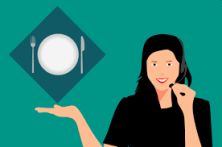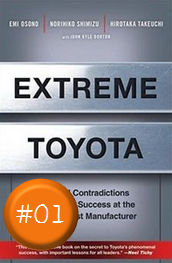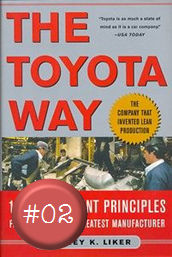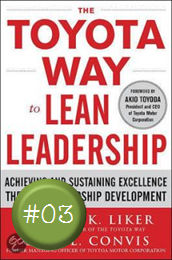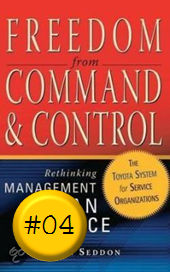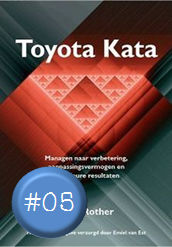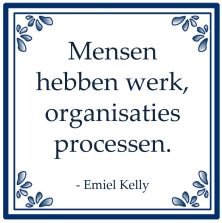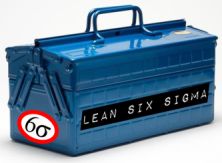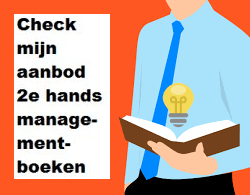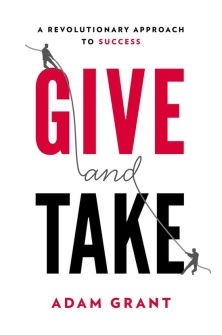![]()
Kotler (2000) definieert dienstverlening (service) als volgt: ‘A service is any act or performance that one party can offer to another that is essentially intangible and does not result in the ownership of anything. Its production may or may not be tied to a physical product.’ Deze definitie wordt door Kotler vervolgens vertaald naar de navolgende eigenschappen van diensten:
-
Ontastbaarheid (intangibility): afnemer kan niet de precieze resultaten zien voor af aan de dienstverlening.
-
Ondeelbaarheid (inseparability): diensten worden gelijktijdig geproduceerd en geconsumeerd.
-
Variabiliteit (variability): diensten worden door personen geproduceerd en zijn daardoor van deze persoon afhankelijk, hierbij beseffend dat geen twee personen exact gelijk of even goed zijn in de aangeboden dienst.
-
Vergankelijkheid (perishability): er kan geen voorraad van de dienst worden aangelegd. Hierdoor kan de benodigde capaciteit voor het opvangen van piekmomenten hoger zijn dan bij gelijkmatige vraag.
Op basis hiervan onderkent Kotler vijf categorieën van product- of dienstaanbiedingen (offerings):
-
‘Pure tangible goods. The offering consist primarily of a tangible good such as soap, toothpaste, or salt. No services accompany the product.
-
Tangible with accompanying services. The offering consists of a tangible good accompanied by one or more services.
-
Hybrid. The offering consists of equal parts of goods and services. For example: people patronize restaurants for both food and service.
-
Major service with accompanying goods and services. The offering consists of a major service along with additional services or supporting goods. For example
airline passengers buy transportation service. The trip includes some tangibles, such as foods and drinks, a ticket stub, and an airline magazine. The service requires a capital-intensive good – an airplane – for its realization, but the primary item is a service. -
Pure service. The offering consists primarily of a service. Examples include baby-sitting, psychotherapy, and massage.






